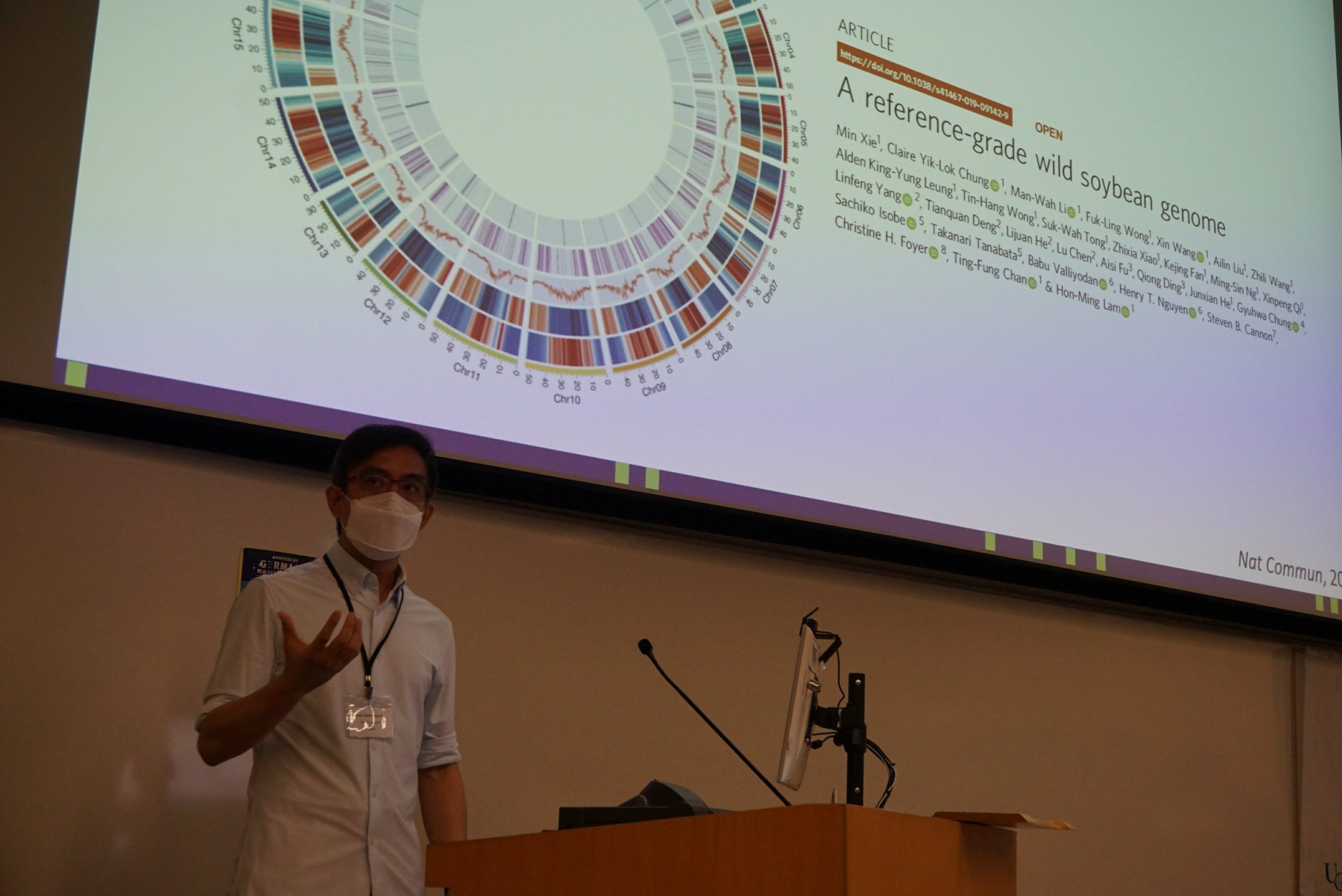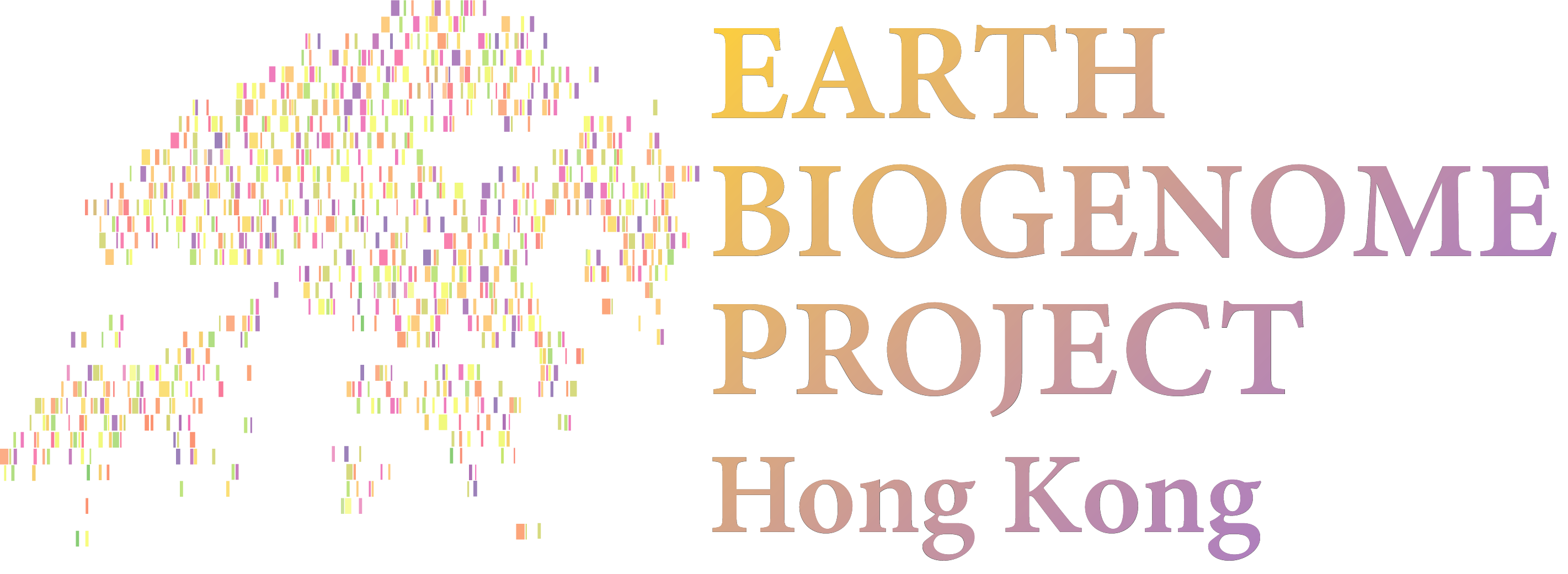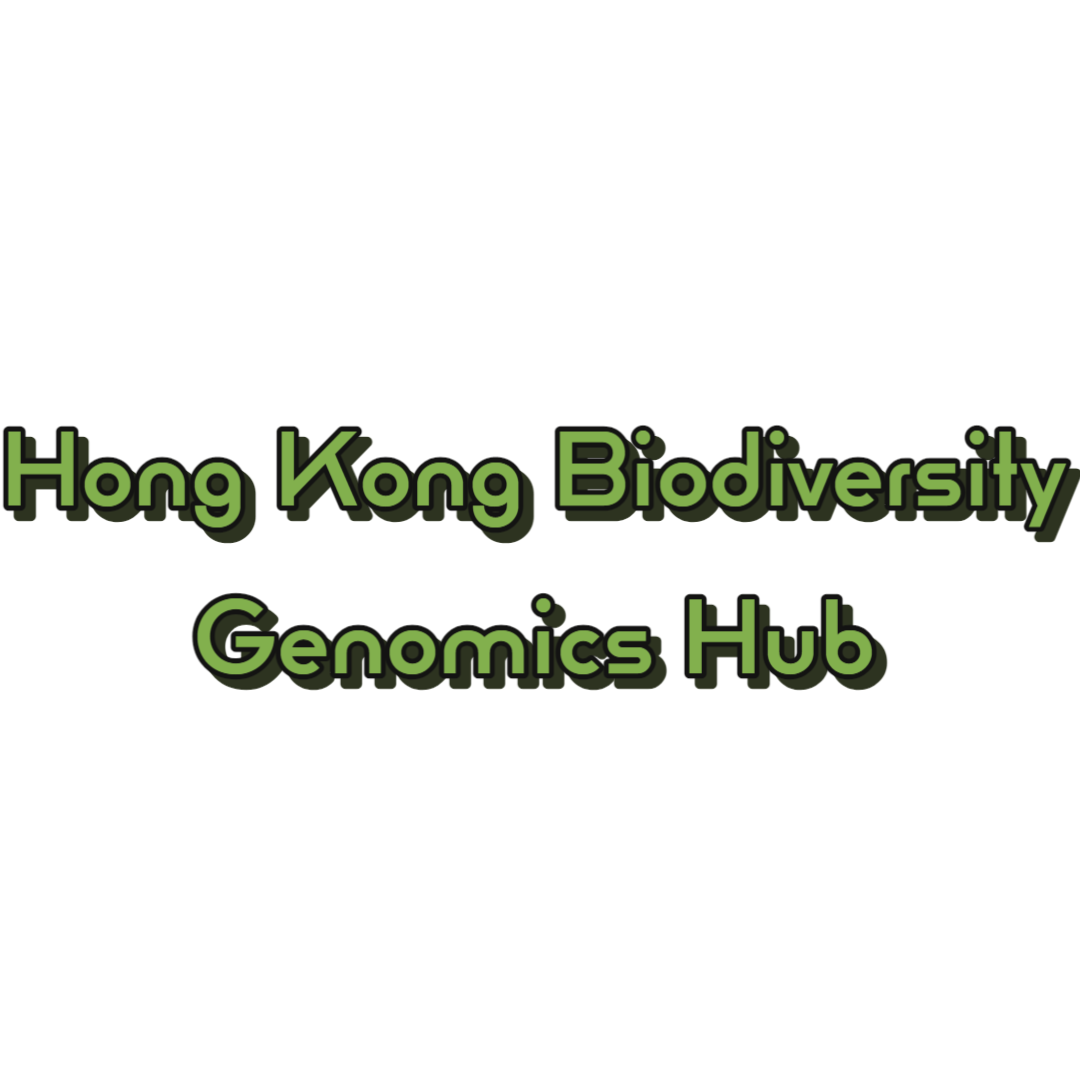
Ting-Fung Chan
Abstract
Optical genome mapping (OGM) is a high-throughput single-molecule imaging technique that captures specific labeling patterns along DNA molecules of sizes going from 200 kbp to over 1 Mbp. It has emerged as a complementary technology to sequencing-based methods in improving the completeness and contiguity of sequences of many species. However, OGM can also be used as a cost-cutting approach to compare and analyze the genomes of a population in an unbiased, reference-free manner. We have previously showcased this method in smaller genomes such as bacteria and demonstrated that the method outperforms the traditional multi-locus sequence typing (MLST) method in phylogenetic classification. For larger genomes such as human, this method also reveals large structural variation such as copy number variation.





